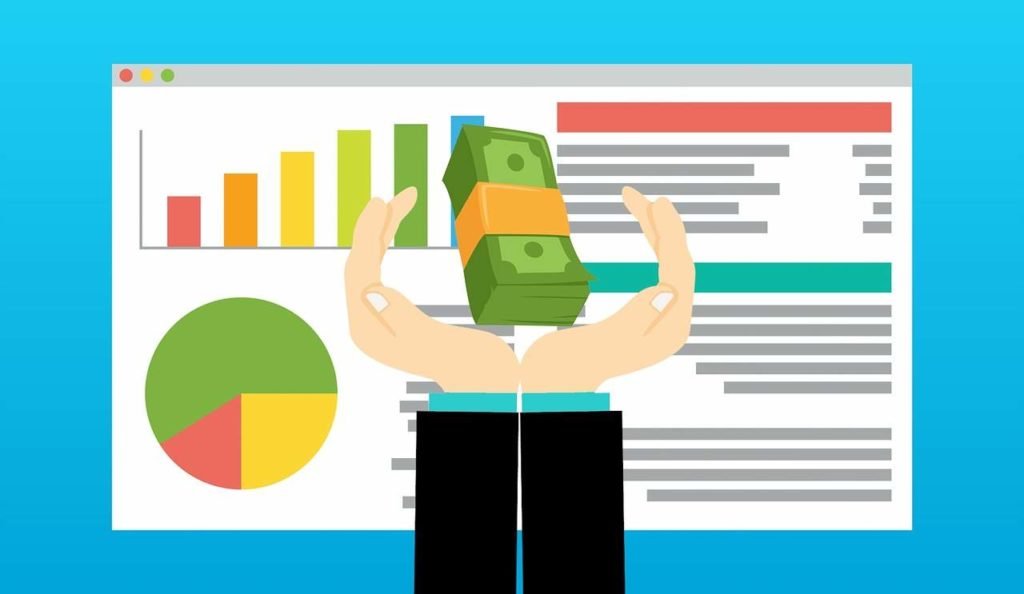What does Preference Shares mean? Preference Shares, as its name suggests, gets precedence over equity shares on the matters like distribution of dividend at a fixed rate and repayment of capital in the event of liquidation of the company. Preference shares are one of the important sources of hybrid financing. As the name suggests, these have certain preferences as compared to other types of shares. These shares are given two preferences. There is a preference for payment of dividend. Whenever the company has distributable profits, the dividend is first paid on preference share capital.
Know and Understand the Preference Shares.
The content of study from Preferred Shares: Explanation of Preference Shares, Features of Preference Shares, Good and Bad of Preferred Shares (Advantages and Disadvantages of Preference Shares).
The preference shareholders are also the part owners of the company like equity shareholders, but in general, they do not have voting rights. However, they get right to vote on the matters which directly affect their rights like the resolution of winding up of the company, or in the case of the reduction of capital.
Other shareholders are paid a dividend only out of the remaining profits if any. The second preference for shares is repayment of capital at the time of liquidation of the company. After payment of outside creditors, preference share capital is returned. Equity shareholders will be paid only when preference share capital is paid in full.
Explanation of Preference Shares.
They are those shares which carry certain special or priority rights. Firstly, the dividend at a fixed rate is payable on these shares before any dividend is paid on equity shares. Secondly, at the time of winding up of the company, capital is repaid to preference shareholders prior to the return of equity capital. Preferred Shares do not carry voting rights. However, holders of preferred shares may claim voting rights if the dividends are not paid for two years or more on cumulative preference shares and three years or more on non-cumulative preferred shares.
Meaning of Preference Shares.
The share which entitles the holder to a fixed dividend, whose payment takes priority over that of ordinary share dividends. Preferred Shares are one of the important sources of hybrid financing. It is hybrid security because it has some features of equity shares as well as some features of debentures. The holders of preference shares enjoy the preferential rights with regard to receiving of dividend and getting back of capital in case the company winds-up.
Definition of Preference Shares.
They are a long-term source of finance for a company. They are neither completely similar to equity nor equivalent to debt. The law treats them as shares but they have elements of both equity shares and debt. For this reason, they are also called “Hybrid financing instruments”. These are also known as preferred stock, preferred shares, or only preferred’s in a different part of the world.
Features of Preference Shares.
They have the characteristics of both equity shares and debentures. Like equity shares, dividend on preferred shares is payable only when there are profits and at the discretion of the Board of Directors.
Preferred Shares are similar to debentures in the sense that the rate of dividend is fixed and preference shareholders do not generally enjoy voting rights. Therefore, they are a hybrid form of financing.
The features of preference shares are listed below:
Dividends.
They have dividend provisions which are cumulative or non- cumulative. Most shares have the cumulative provisions, which mean that any dividend not paid by the company accumulates. Normally, the firm must pay these unpaid dividends prior to the payment of dividends on the common stock. These unpaid dividends are known as dividends in arrears or arrearages. Non-cumulative dividends do not accumulate if they are not paid when due.
An investor contemplating the purchase of preferred shares with a non-cumulative dividend provision needs to be especially diligent in the investigation of the company because of the investor’s potentially weak position vis-a-vis those preference shares with a cumulative dividend provision. In the case of cumulative preferred shares, even if the arrears of the preference dividend are cleared in full, the investor would be the loser as he is to get less in net worth.
Participating.
Most they are non-participating, meaning that the preference shareholder receives only his stated dividend and no more. The theory is that the preference shareholder has surrendered claim to the residual earnings of his company in return for the right to receive his dividend before dividends are paid to common shareholders.
The participating preference shareholder receives stipulated dividend and shares additional earnings with the common shareholders. But this share is usually non-cumulative which confirms the view that preference share does have both protective and profit participating provisions.
Voting Rights.
They do not normally confer voting rights. The basis for not allowing the preference shareholder to vote is that the preference shareholder is in a relatively secure position and, therefore, should have no right to vote except in the special circumstances.
The cumulative preferred shares can vote if their dividend is in arrears for 2 years. The voting right of each preference shareholder is to be in the proportion which the paid-up share capital on his shares bears to the total equity share capital of the company.
Par Value.
Most they have a par value. When it does, the dividend rights and call price are usually stated in terms of the par value. However, those rights would be specified even if there were no par value. It seems, therefore, as with equity shares, the preference share that has a par value has no real advantage over preference share that has no par value.
Redeemable or Callable.
Typically, they have no maturity date. In this respect, it is similar to equity shares. Redeemable or callable preferred shares may be retired by the issuing company upon the payment of a definite price stated in the investment. Although the “call price” provides for the payment of a premium, the provision is more advantageous to the corporation than to the investor.
When money rates decline, the corporation is likely to call in its preferred shares and refinance it at a lower dividend rate. When money rates rise, the value of the preference shares declines so as to produce higher yield, the call price acts as an upper peg or plateau through which the price will break only in a very strong market.
Non-callable preferred shares and bonds are issued in periods of High-interest rates. The issue is barred from redeeming them later in the event of generally falling yields or for a certain period so the investor has important protection against declining income.

Advantages of Preference Shares:
The following advantages of preference shares are:
The obligation for Dividends:
No Obligation for Dividends; A company is not bound to pay the dividend on preference shares if its profits in a particular year are insufficient. It can postpone the dividend in case of cumulative preferred shares also. No fixed burden is created on its finances.
Interference:
No Interference; Generally, they do not carry voting rights. Therefore, a company can raise capital without dilution of control. Equity shareholders retain exclusive control over the company.
Trading on Equity:
The rate of dividend on they are fixed. Therefore, with the rise in its earnings, the company can provide the benefits of trading on equity to the equity shareholders.
Flexibility:
A company can issue redeemable preference shares for a fixed period. The capital can be repaid when it is no longer required in business. There is no danger of over-capitalization and the capital structure remains elastic.
Variety:
Different types of preference shares can be issued depending on the needs of investors. Participating preferred shares or convertible they may be issued to attract bold and enterprising investors.
They can be made more popular by giving special rights and privileges such as voting rights, right of conversion into equity shares, right of shares in profits and redemption at a premium.
Disadvantages of Preference Shares:
They suffer from the following disadvantages:
Obligation:
Fixed Obligation; The dividend on preferred shares has to be paid at a fixed rate and before any dividend is paid on equity shares. The burden is greater in the case of cumulative preference shares on which accumulated arrears of dividend have to be paid.
Appeal:
Limited Appeal; Bold investors do not like preferred shares. Cautious and conservative investors prefer debentures and government securities. In order to attract sufficient investors, a company may have to offer a higher rate of dividend on preference shares.
Return Earning:
Low Return in this shares; When the earnings of the company are high, fixed dividend on they becomes unattractive. Preference shareholders generally do not have the right to participate in the prosperity of the company.
Voting Rights:
No Voting Rights; They generally do not carry voting rights. As a result, preference shareholders are helpless and have no say in the management and control of the company.
Fear of Redemption:
The holders of redeemable preference shares might have contributed finance when the company was badly in need of funds. But the company may refund their money whenever the money market is favorable. Despite the fact that they stood by the company in its hour of need, they are shown the door unceremoniously.










